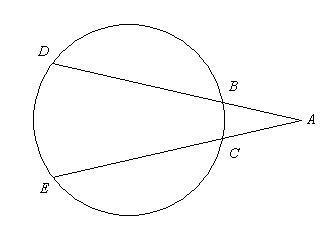
Mathematics, 13.12.2021 22:50 accounting73
Let the process of getting through undergraduate school be a homogeneous Markov process with time unit one year. The states are Freshman, Sophomore, Junior, Senior, Graduated, and Dropout. Your class (Freshman through Graduated) can only stay the same or increase by one step, but you can drop out at any time before graduation. You cannot drop back in. The probability of a Freshman being promoted in a given year is .8; of a Sophomore, .85; of a Junior, .9, and of a Senior graduating is .95. The probability of a freshman dropping out is .10; of a Sophomore, .07; of a Junior, .04; of a Senior, .02.
a) Construct the Markov transition matrix for this process.
b) If we were more realistic, and allowed for students dropping back in, this would no longer be a Markov process. Why not?

Answers: 1


Another question on Mathematics

Mathematics, 21.06.2019 18:30
How do you solving the solution of each system using elimination?
Answers: 2

Mathematics, 21.06.2019 19:30
John checked his watch and said that it is thursday, 7 am. what will the day and time be 2006 hours plzzz i will give you 100 points
Answers: 1

Mathematics, 21.06.2019 19:30
Plz.yesterday, the snow was 2 feet deep in front of archie’s house. today, the snow depth dropped to 1.6 feet because the day is so warm. what is the percent change in the depth of the snow?
Answers: 1

Mathematics, 21.06.2019 19:40
Which of the binomials below is a factor of this exression? 16x^2+40xy+25y^2 a.4x-5y b. 2x-5y c.4x+5y d.2x+5y
Answers: 2
You know the right answer?
Let the process of getting through undergraduate school be a homogeneous Markov process with time un...
Questions









Chemistry, 20.11.2020 16:00


Mathematics, 20.11.2020 16:00



Mathematics, 20.11.2020 16:00

History, 20.11.2020 16:00


Mathematics, 20.11.2020 16:00



Computers and Technology, 20.11.2020 16:00




